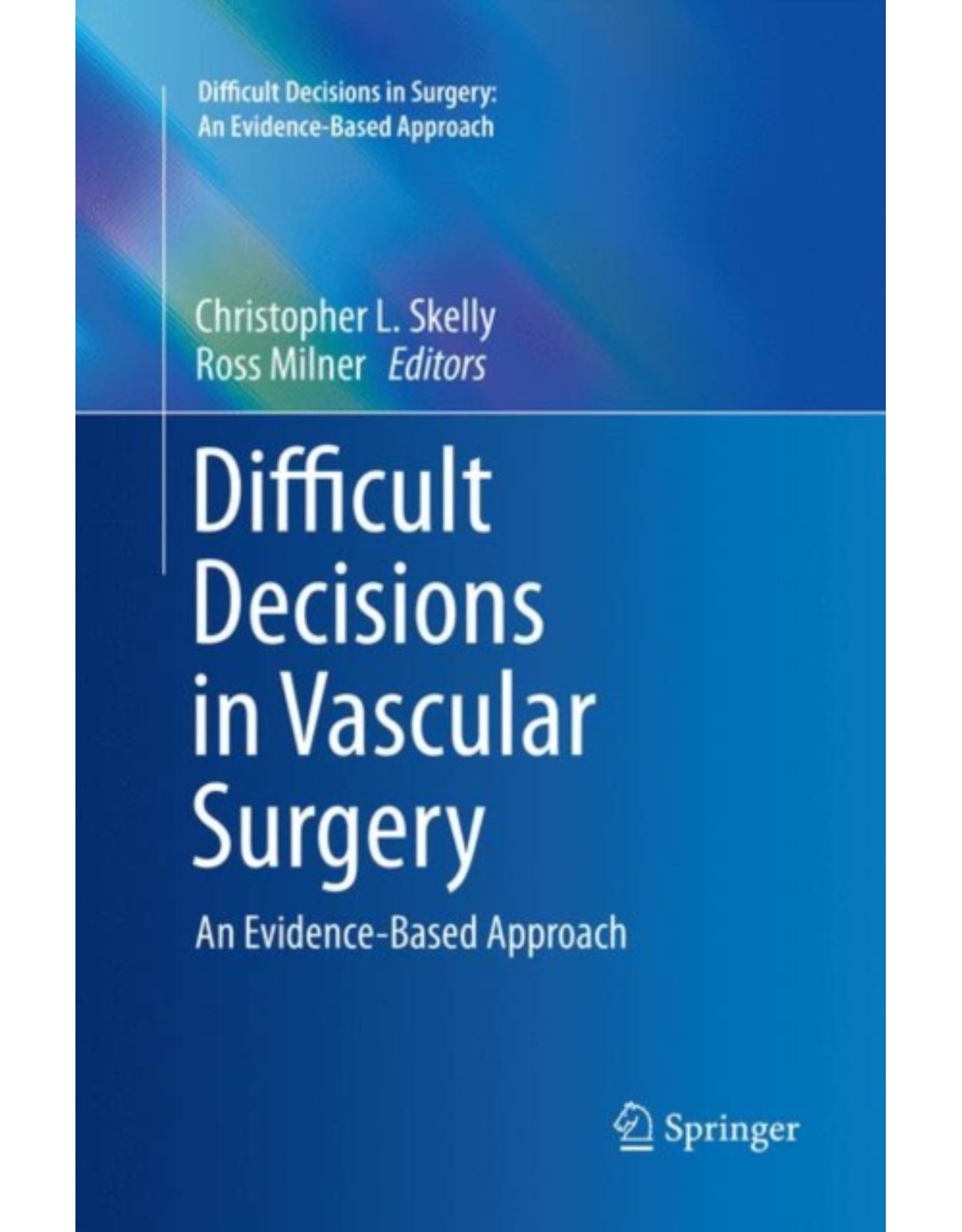
Difficult Decisions in Vascular Surgery: An Evidence-Based Approach
Livrare gratis la comenzi peste 500 RON. Pentru celelalte comenzi livrarea este 20 RON.
Disponibilitate: La comanda in aproximativ 4 saptamani
Editura: Springer
Limba: Engleza
Nr. pagini: 523
Coperta: Paperback
Dimensiuni: 155 x 235 mm
An aparitie: 09 Jun 2018
This book looks at specific vascular surgery questions that have arisen and where careful analysis is given according to the level of supporting evidence available. As new technology is introduced to treat the cardiovascular system, alternative therapies begin to challenge and also complement traditional vascular surgery. All chapters contain the PICO table to summarise specific characteristics relative to the questions posed in each chapter.
Difficult Decisions in Vascular Surgery- An Evidence-Based Approach is a current and timely reference source for practicing surgeons, surgeons in training, and educators, that describes the recommended ideal approach, rather than customary care, in selected clinical situations.
Table of Contents:
Section 1: Aortic Disease
Ch. 1: In patients with Acute Type B Aortic dissection, do current operative therapies reduce complications compared to medical management?
Ch. 2: In patients with a Chronic Type B dissection, does Endovascular treatment reduce long term complications?
Ch.3: In patients with a retrograde Type A Aortic dissection, does treatment like a type B Aortic dissection improve outcomes?
Ch.4: In patients with small AAA, does medical therapy prevent growth?
Ch.5: Challenging AAA Neck Anatomy: Does the Fenestrated or Snorkel/Chimney Technique Improve Mortality and Freedom from Reintervention Relative to Open Repair?
Ch.6: In patients who require Hypogastric artery coverage to treat an AAA with EVAR, does preservation improve outcomes when compared to exclusion of the vessel?
Ch.7: In patients with aortic graft infections, does EVAR improve long term survival compared to open graft resection? Ch.8: Does EVAR improve outcomes or quality of life in patients unfit for open surgery?
Ch.9: In patients with type 2 endoleaks does intervention reduce aneurysm related morbidity and mortality compared to observation?
Ch.10: Ruptured Abdominal Aortic Aneurysm Treated with Endovascular Repair; Does Decompressive Laparotomy Result in Improved Clinical Outcomes?
Ch.11: In a Patient with Blunt Traumatic Aortic Injury, Does TEVAR Improve Survival Compared to Open Repair or Expectant Management?
Section 2: Lower Extremity Arterial Disease
Ch.12: In patients with Aortoiliac occlusive disease, does Endovascular repair improve outcomes when compared to open repair?
Ch.13: In Patients with Aortoiliac Occlusive Disease, Does Extra-anatomic Bypass Improve Quality of Life and Limb Salvage?
Ch.14: In Patients with Critical Limb Ischemia Does Bypass Improve Limb Salvage and Quality of Life When Compared to Endovascular Revascularization?
Ch.16: In the patient with Profunda artery disease, is open revascularization superior to endovascular repair for improving rest pain?
Ch.17: In patients with limb-threatening vascular injuries, is there a role of prophylactic fasciotomy to reduce ischemic injury?
Ch.18: In patients with Popliteal Entrapment Syndrome, does surgery improve quality of life?
Section 3: Mesenteric Disease
Ch.19: In patients with Acute Mesenteric Ischemia does an endovascular or hybrid approach improve morbidity and mortality compared to open revascularization?
Ch.20: Chronic Mesenteric Arterial Disease
Does an endovascular/hybrid approach improve morbidity and mortality as compared to open revascularization?
Ch.21: In patients with mesenteric ischemia is single vessel reconstruction equivalent to multiple vessel revascularization?
Ch.22: In patients with celiac artery compression syndrome, does surgery improve quality of life? Ch.23: In patients with the Superior Mesenteric Artery syndrome is Enteric Bypass superior to Duodenal Mobilization
Ch.24: In patients with Renovascular hypertension is there a role for open or endovascular revascularization compared to medical management?
Ch.25: Does endovascular repair reduce the risk of rupture compared to open repair in splanchnic artery aneurysms?
Section 4: Cerebrovascular Disease
Ch.26: In patients with asymptomatic carotid artery stenosis does current best medical management reduce the risk of stroke compared to intervention (endarterectomy or stent)?
Ch.27: In patients with symptomatic carotid artery stenosis is endarterectomy safer than carotid stenting?
Ch.28: In Patients Undergoing Carotid Endarterectomy, is the Eversion Technique Superior to a Patch Technique to Reduce Restenosis?
Ch.29: In patients with a stroke attributable to a carotid artery stenosis, does waiting to operate reduce the risk of complications?
Ch.30: In patients with a peri-procedural cerebral thromboembolism,
Does Neurovascular rescue improve Clinical Outcome?
Ch.31: In patients with extra-cranial carotid artery aneurysms, does an endovascular approach improve clinical outcomes compared to open repair? Ch.32: In Patients with Carotid Artery Dissection, is Stenting Superior to Open Repair to Improve Clinical Outcomes?
Ch.33: In patients with cervico-thoracic vascular injuries is endovascular repair superior in long-term durability when compared to open repair?
Section 5: Venous and Arteriovenous Disease
Ch.34: In Patients with Iliofemoral Deep Vein Thrombosis Does Clot Removal Improve Functional Outcome when Compared to Traditional Anticoagulation?
Ch.35: In morbidly obese patients undergoing major abdominal operative procedures, does inferior vena cava filter placement prevent massive PE?
Ch.36: In patients with chronic venous stenosis, does placement of a stent improve patency compared to recurrent angioplasty?
Ch.37: In Patients with Chronic Venous Ulcer is the Unna Boot Still the Best Approach to Wound Care Ch.38: In Patients with Threatened or Occluded Access Grafts, Is it Better to Salvage the Graft, or Create a New Site?
Ch.39: In patients with new arteriovenous fistulas, are there effective strategies to enhance AVF maturation and durability beyond waiting?
Section 6: Perio-operative Management
Ch.40: In patients with cardiovascular disease, do statins alone, or in combination with other medications improve mortality?
Ch.41: In patients who have undergone a lower extremity bypass for PAD, does dual anti-platelet therapy improve outcomes?
Ch.42: In patients undergoing vascular surgery, does preoperative coronary revascularization reduce the risk of myocardial infarction and death?
| An aparitie | 09 Jun 2018 |
| Autor | Christopher L. Skelly, Ross Milner |
| Dimensiuni | 155 x 235 mm |
| Editura | Springer |
| Format | Paperback |
| ISBN | 9783319814780 |
| Limba | Engleza |
| Nr pag | 523 |

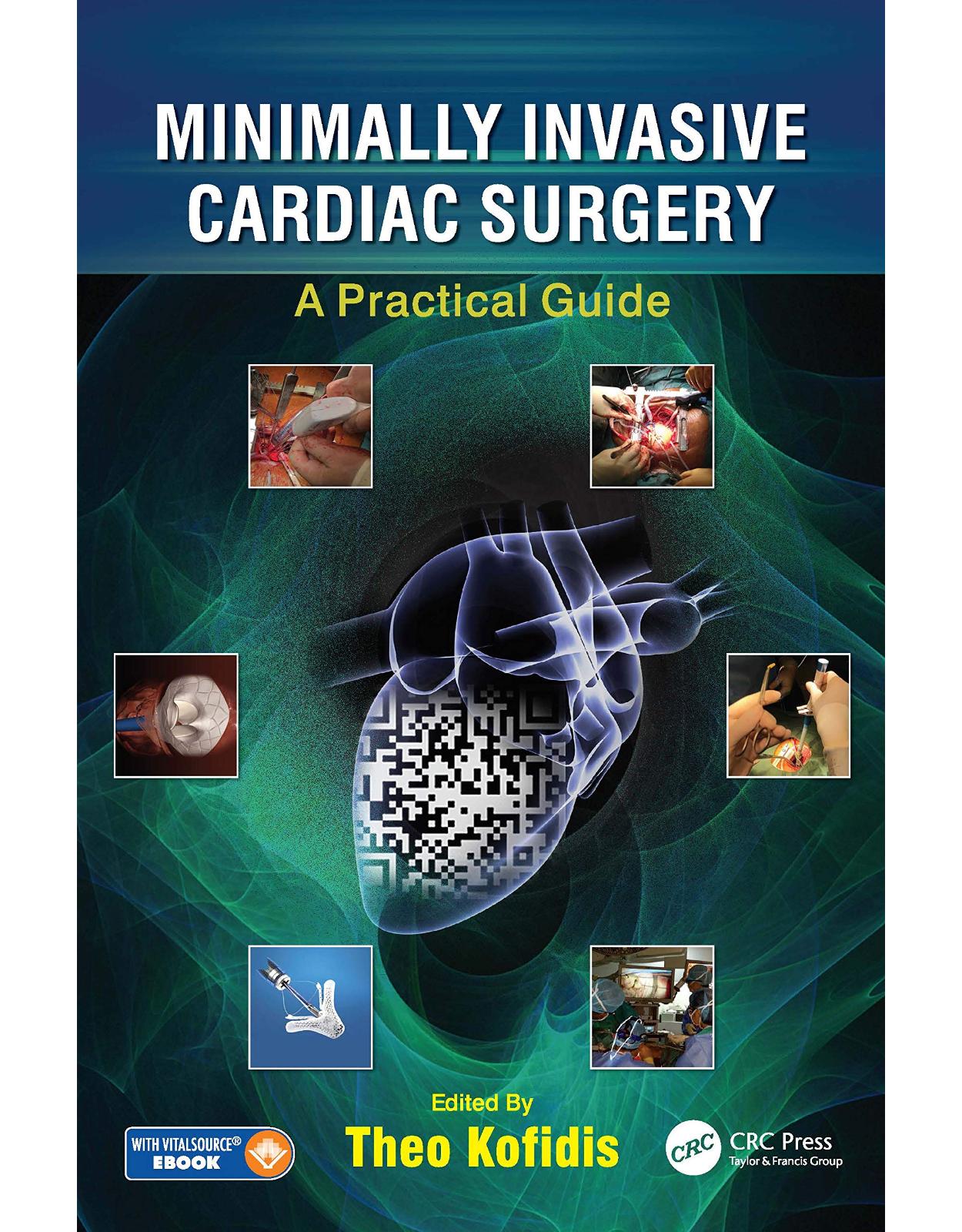
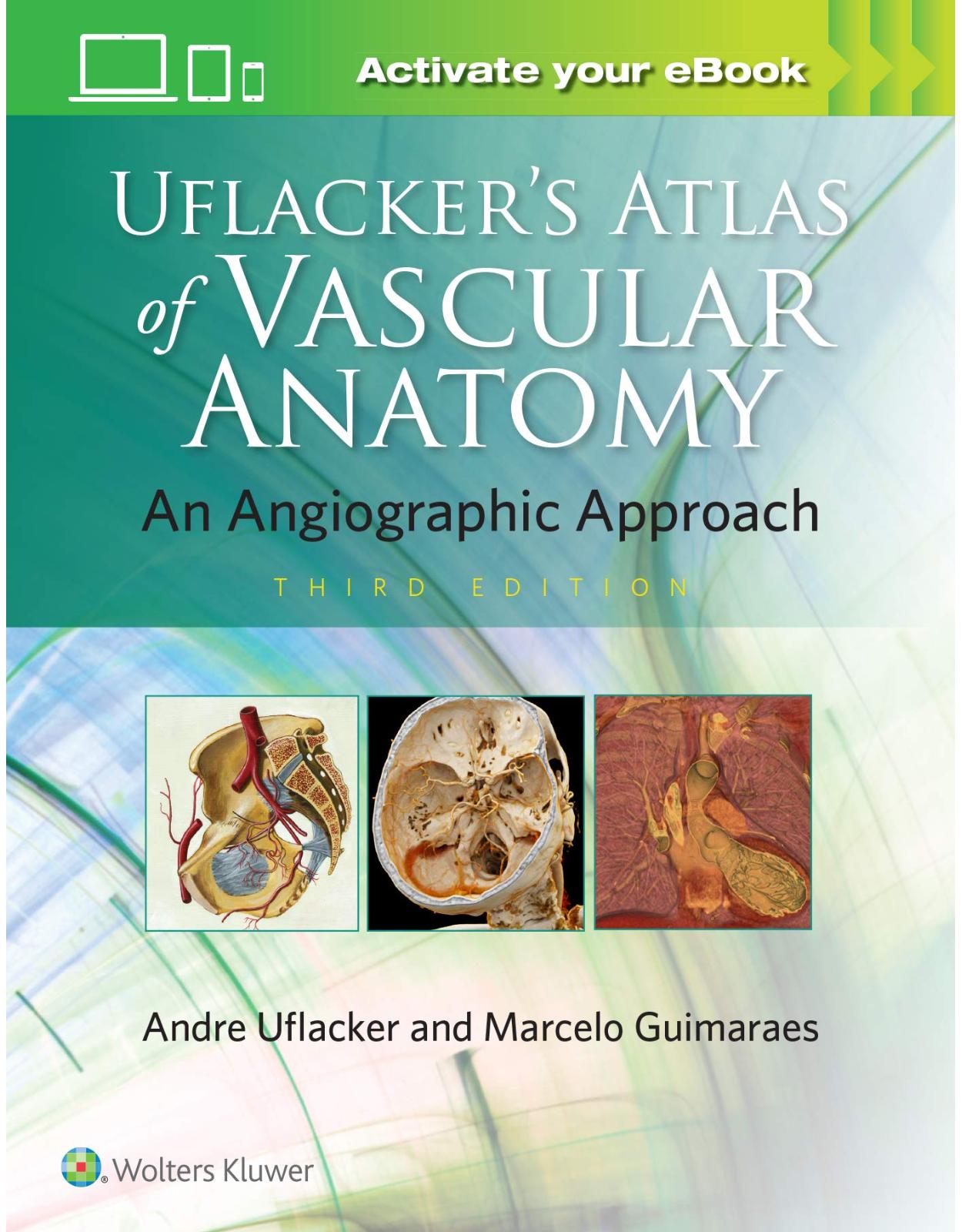
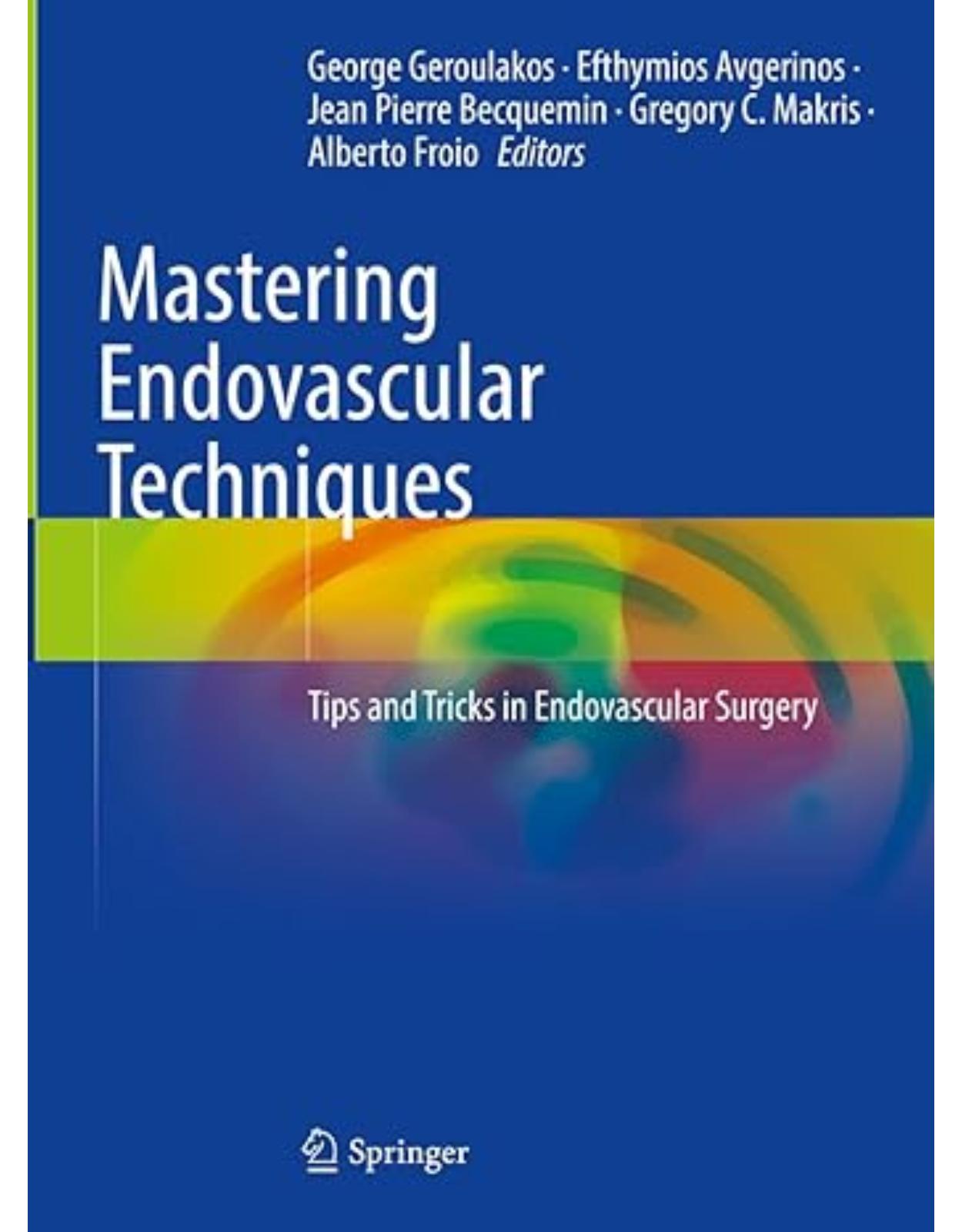
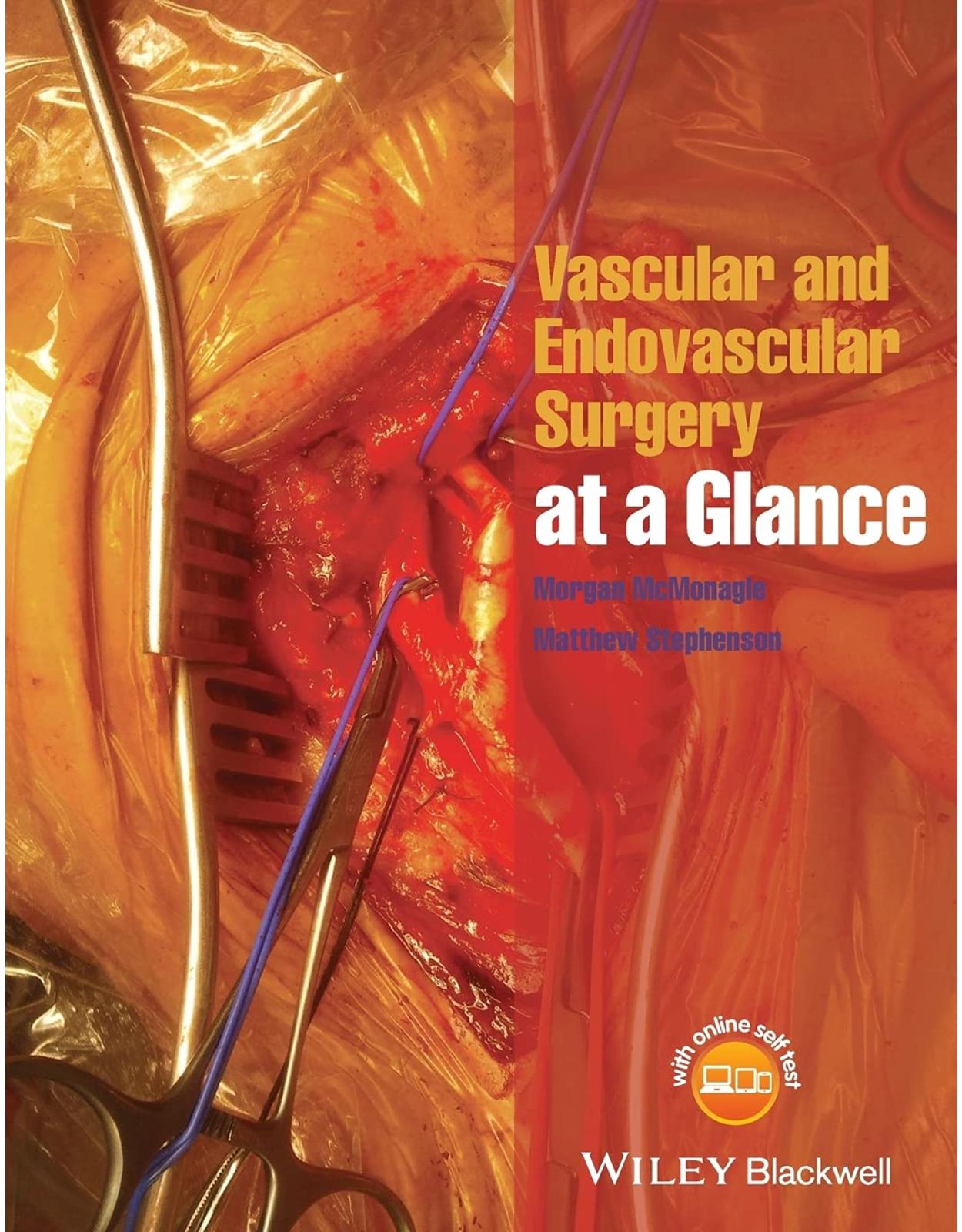
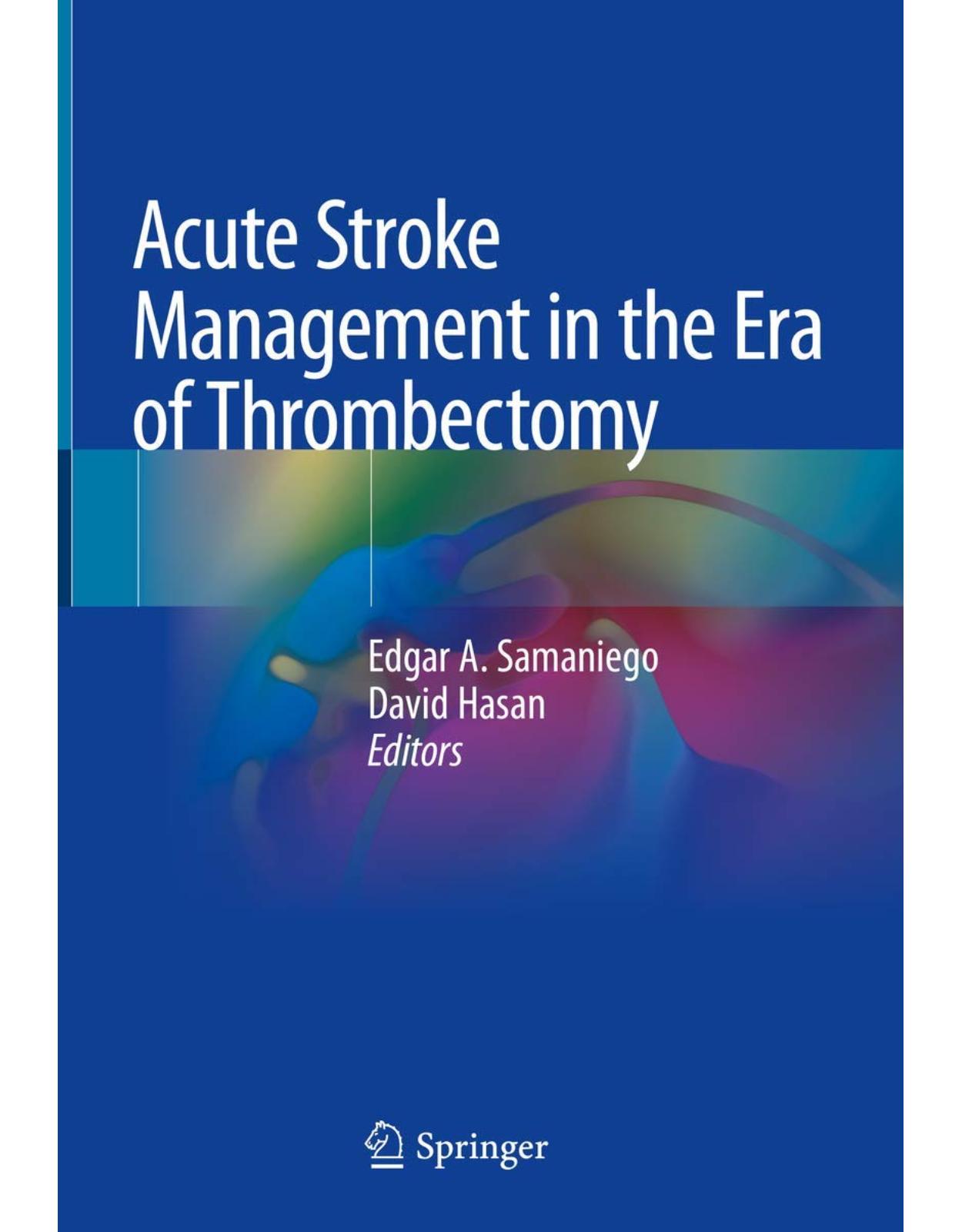
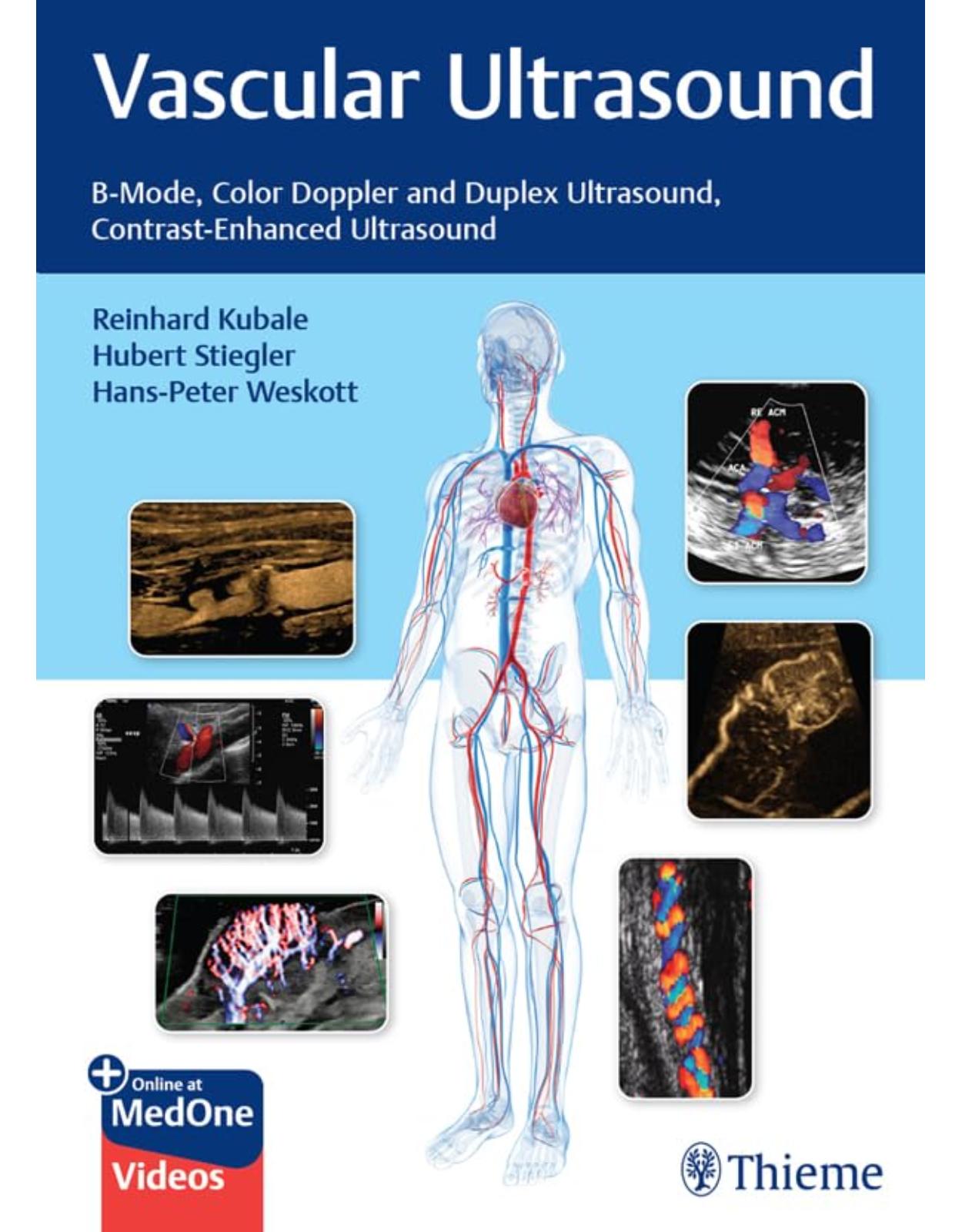
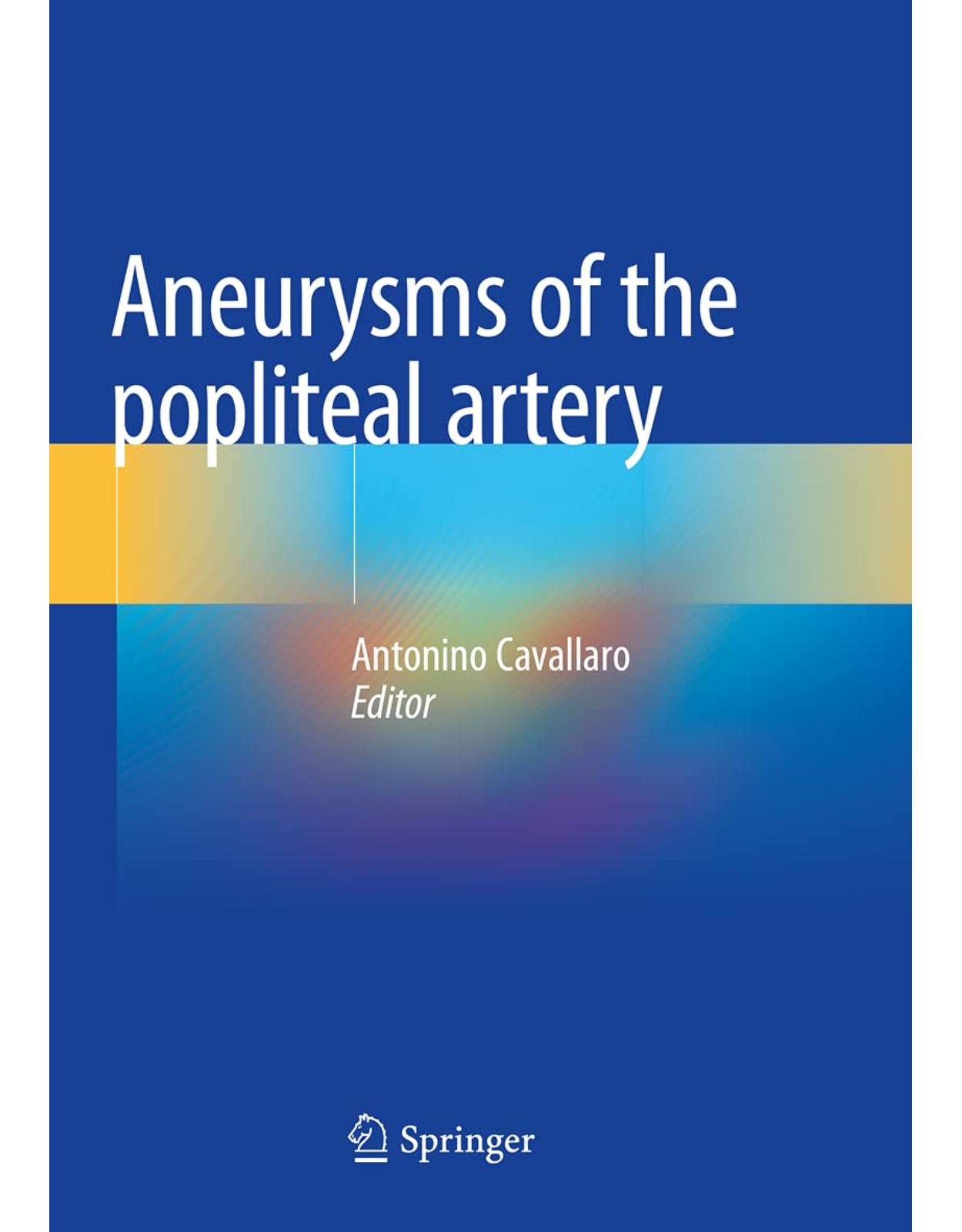
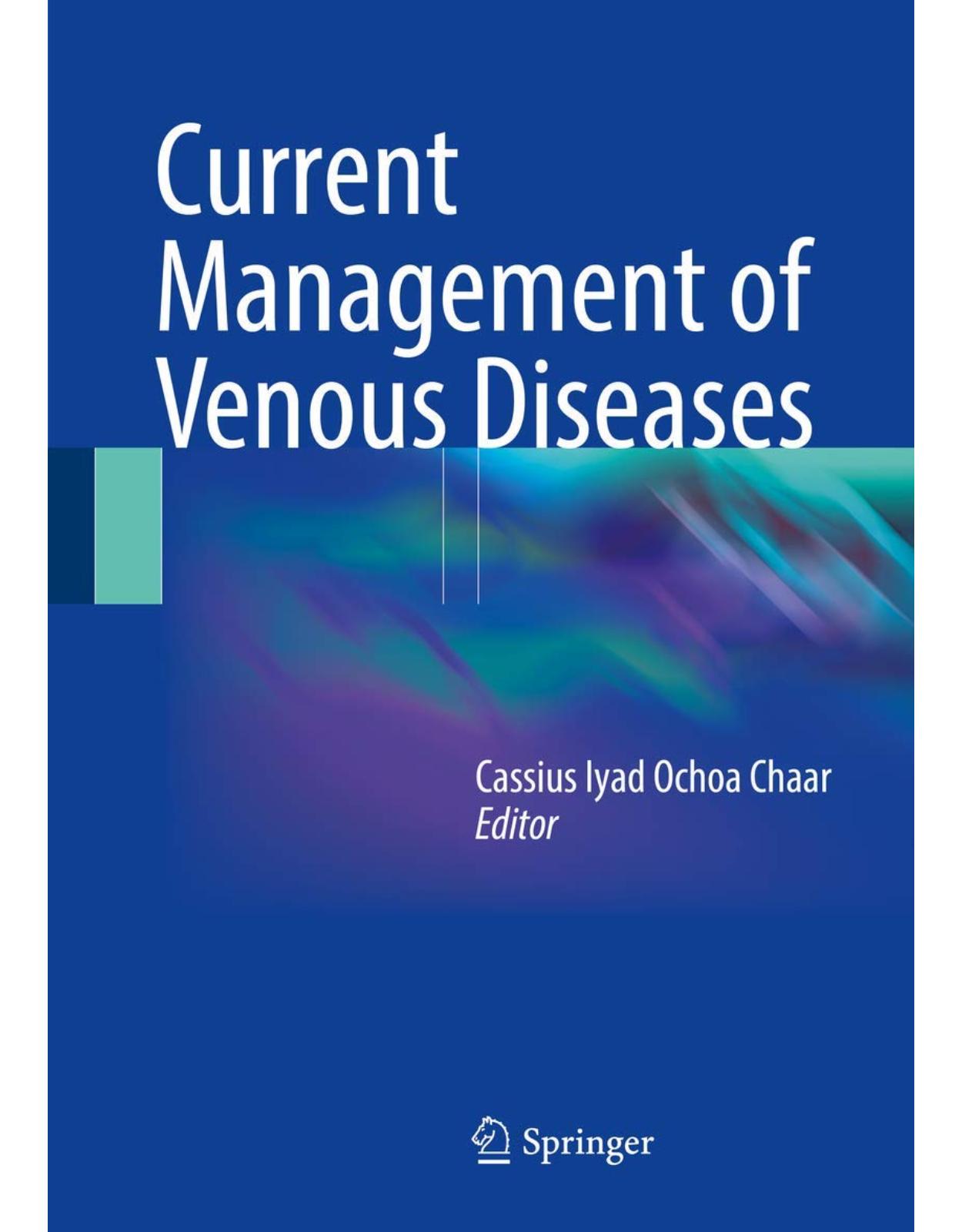
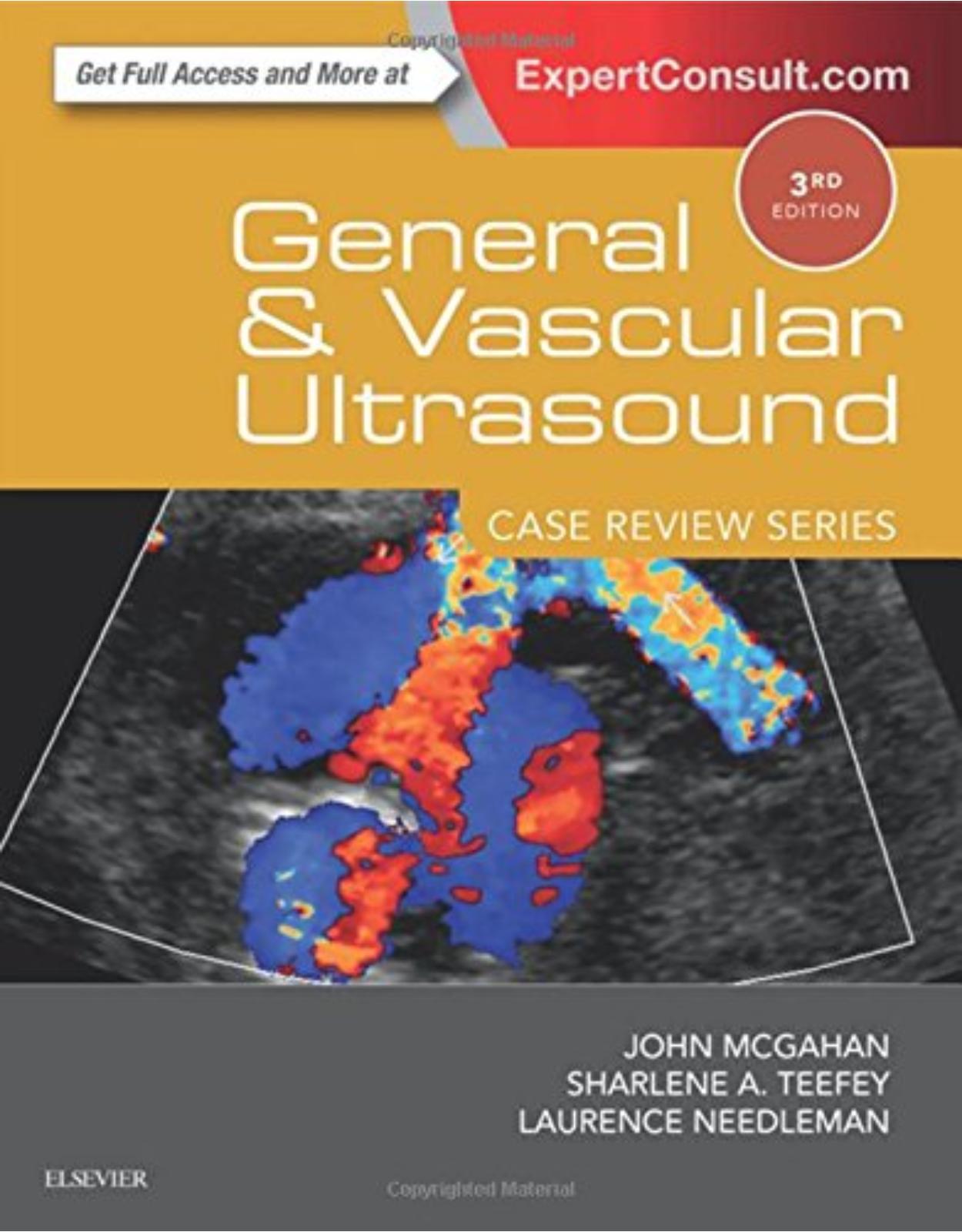
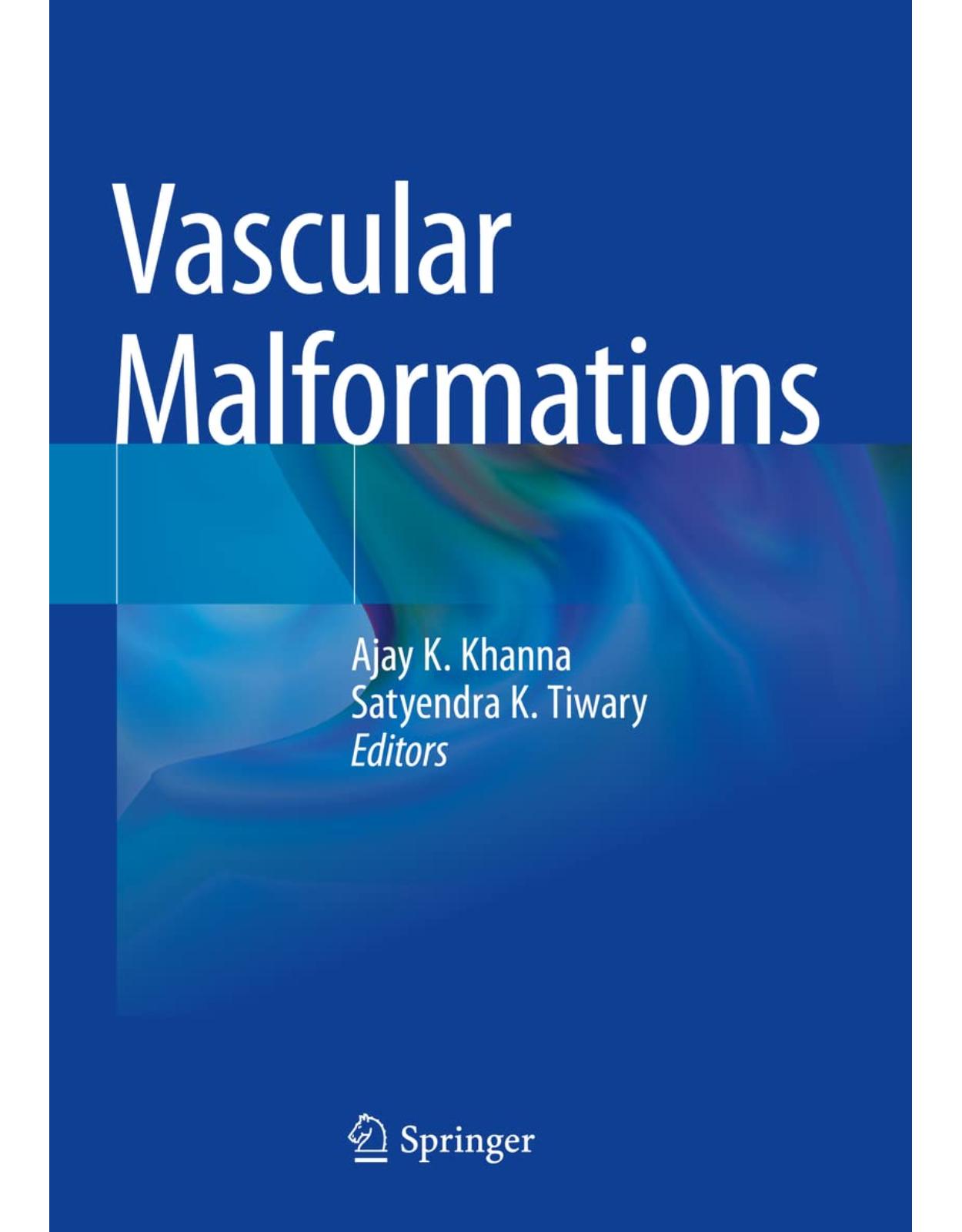
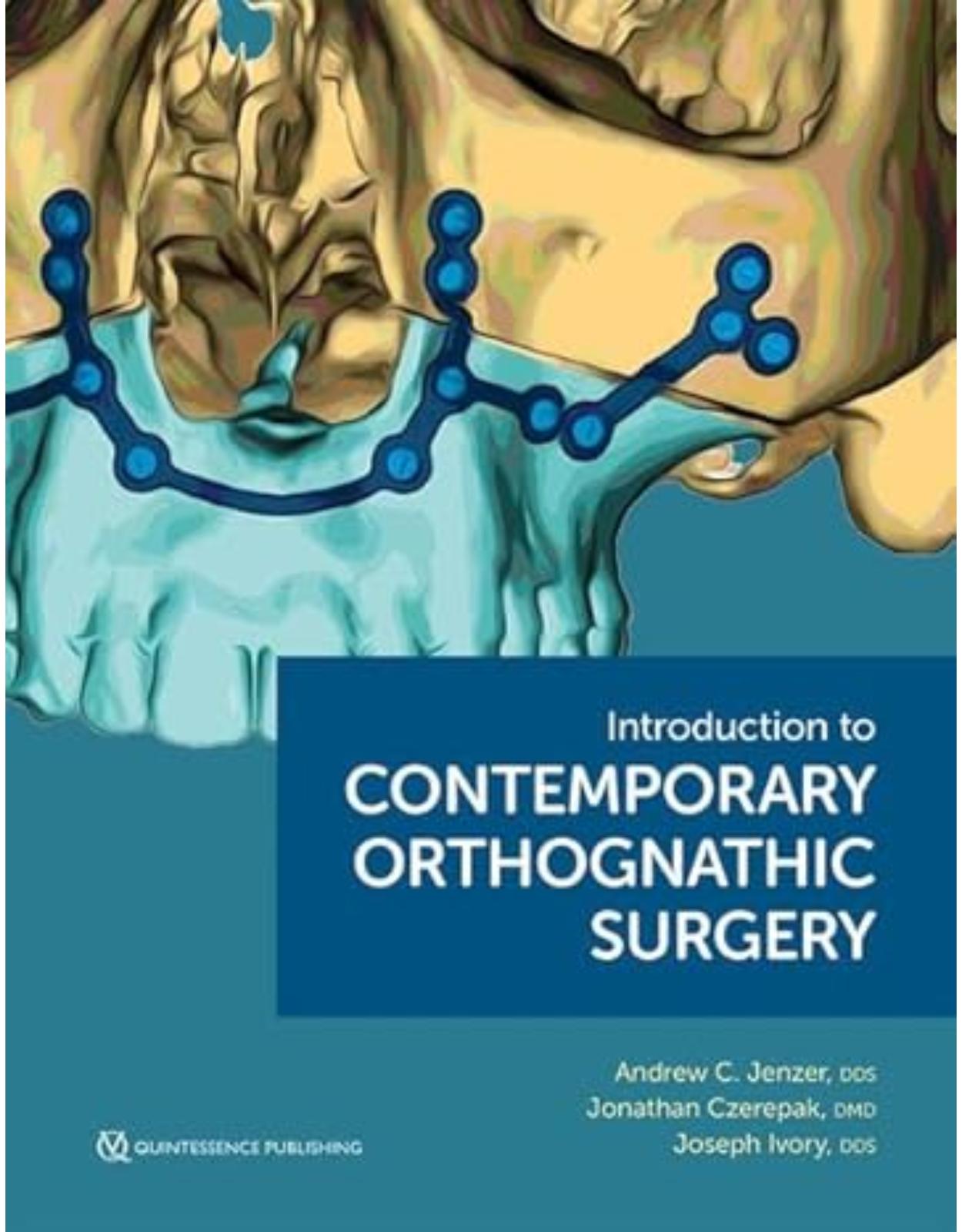
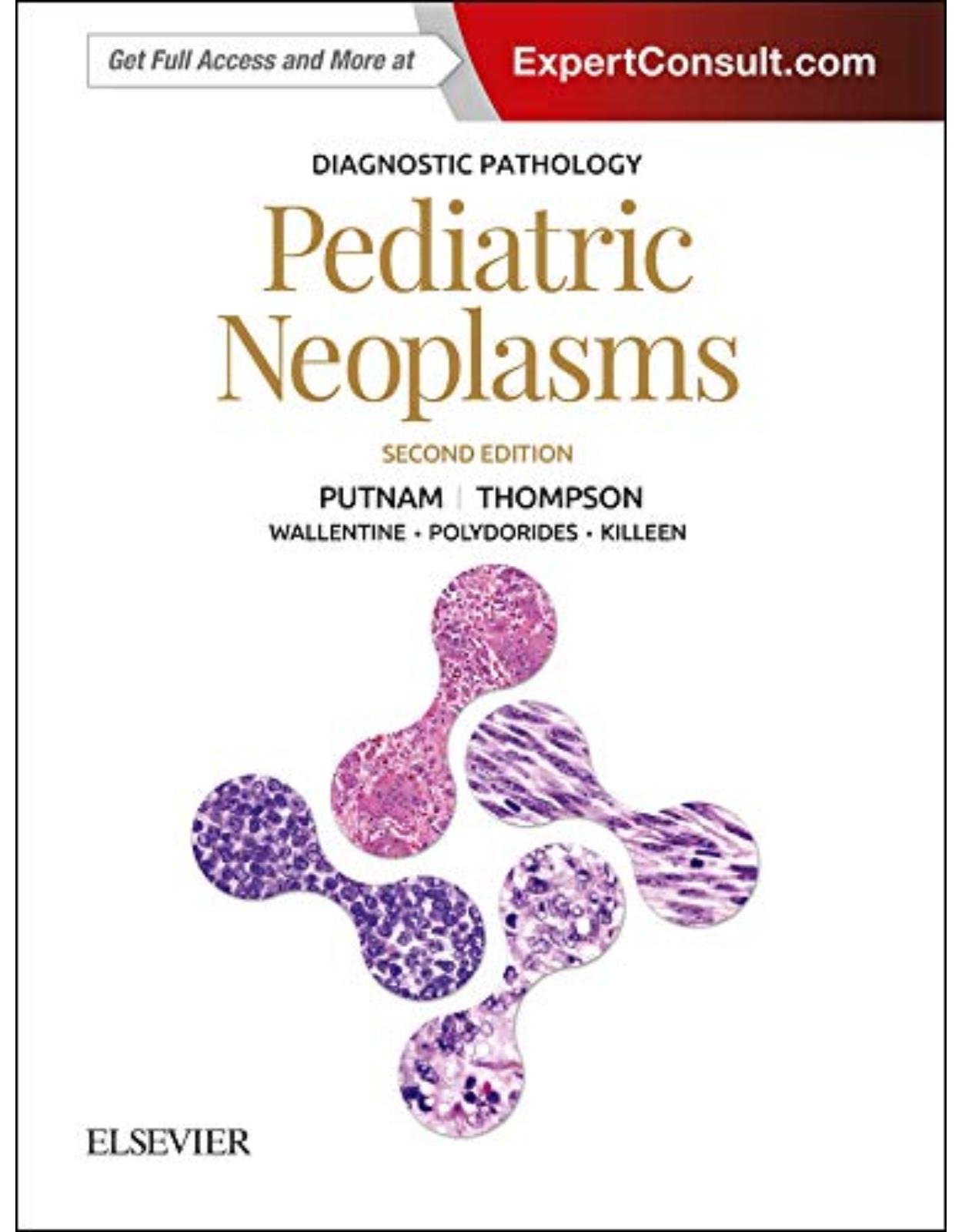
Clientii ebookshop.ro nu au adaugat inca opinii pentru acest produs. Fii primul care adauga o parere, folosind formularul de mai jos.